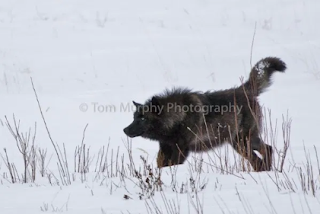https://paulnicklen.com/about/
 Canadian Photographer, Paul Nicklen, is an assignment photographer for National Geographic. He focuses on the arctic world, and conservation issues that concern the poles. He has been photographing it for over twenty years, using his marine biology background.
Canadian Photographer, Paul Nicklen, is an assignment photographer for National Geographic. He focuses on the arctic world, and conservation issues that concern the poles. He has been photographing it for over twenty years, using his marine biology background.In addition, he is a filmmaker and a lecturer who has done TED Talks. He is the co-founder for SeaLegacy, a nonprofit organization that raises awareness for climate change and pollution within the oceans. Because of his accomplished works, he has won numerous awards throughout his career, and has been given an honorary PHD at Victoria University for his marine biology work and photography.
Morning Kings
South Georgia, 2008
Orca Ballet
Lofoten, Norway, 2014




































